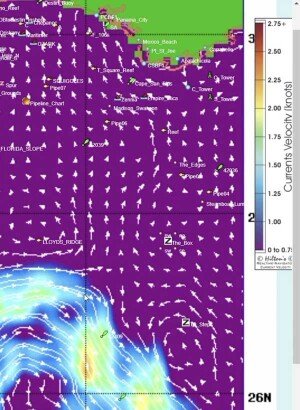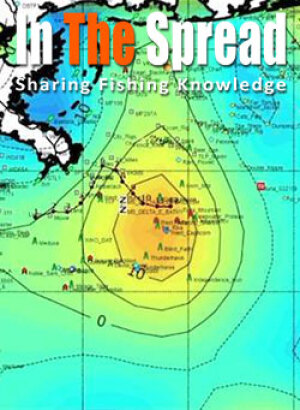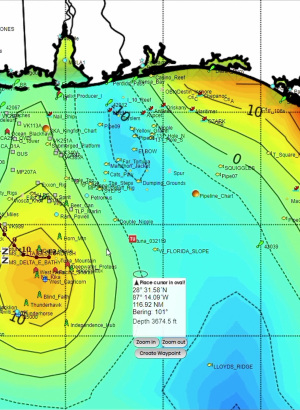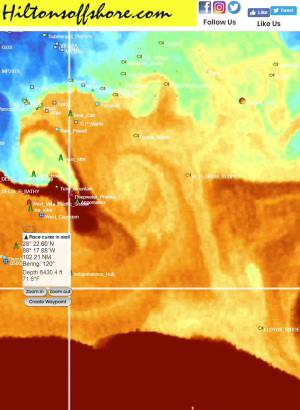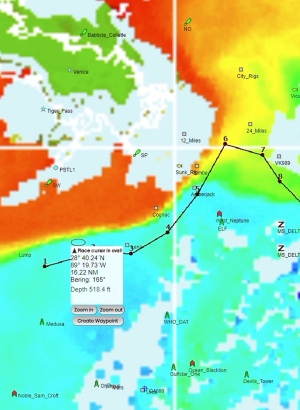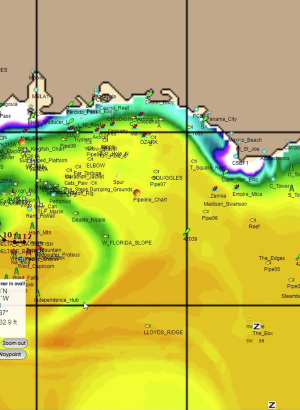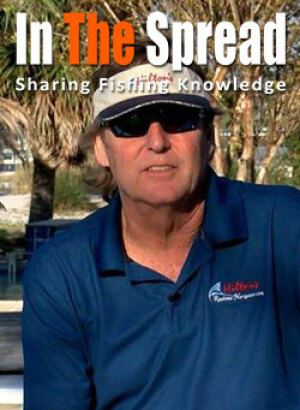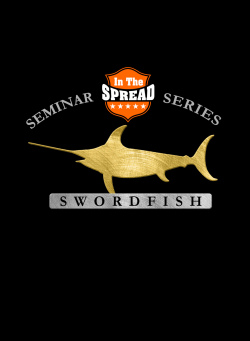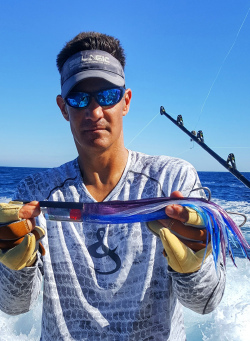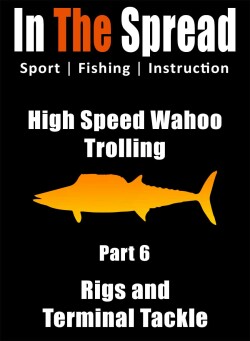Discover the art of satellite fishing as we unveil the mysteries of ocean surface currents. With our expert guide, you'll learn how to decipher satellite images, identify upwelling and downwelling zones, and locate prime fishing spots. Dive into the dynamic world of ocean currents and reel in your next big catch with confidence!
How to Read Satellite Images of Ocean Surface Currents
(00:05:39)Summary Table
- Understanding Satellite Images of Ocean Surface Currents
- Interpreting Direction and Speed with Arrows
- Identifying Areas of Slow Moving Current
- The Significance of Arrow Tail Length
- Unveiling Upwelling and Downwelling Zones
- The Role of Chart Colors in Speed Assessment
- Nutrient-Rich Upwelling Areas
- Nutrient-Poor Downwelling Areas
- Recognizing Counter-Clockwise Movements
- Exploring Warm Core Eddies
- The Dynamic Progression of Currents
Understanding Satellite Images of Ocean Surface Currents
Satellite maps has transformed our ability to study the ocean's dynamic surface currents. These images provide a visual representation of the direction and speed of the currents. The key elements to focus on are the arrows and colors within the chart.
Interpreting Direction and Speed with Arrows
In these satellite images, arrows play a pivotal role in indicating the direction of the current. A critical point to remember is that the longer the tail of the arrow, the faster the current in that particular area. Conversely, areas with only arrowheads imply slow-moving currents or a lack of current altogether.
| Pro Tip: When sat fishing, it's essential to situate yourself in regions with the right current intensity – not too much, and not too little.
Identifying Areas of Slow Moving Current
The presence of areas with only arrowheads on the satellite image is a crucial clue for sat fishermen. These areas depict regions where the current is sluggish or nearly stagnant. To optimize your fishing experience, it's advisable to steer clear of these slack current zones.
The Significance of Arrow Tail Length
The length of the arrow's tail is a clear indicator of the current's speed. Longer tails represent swifter currents, which can be advantageous for various fishing strategies. When sat fishing, keeping an eye on the tail lengths can help you identify the prime fishing spots.
Unveiling Upwelling and Downwelling Zones
Satellite images not only reveal the direction and speed of ocean surface currents but also provide insights into upwelling and downwelling areas. These phenomena are crucial for understanding the ocean's ecosystem dynamics.
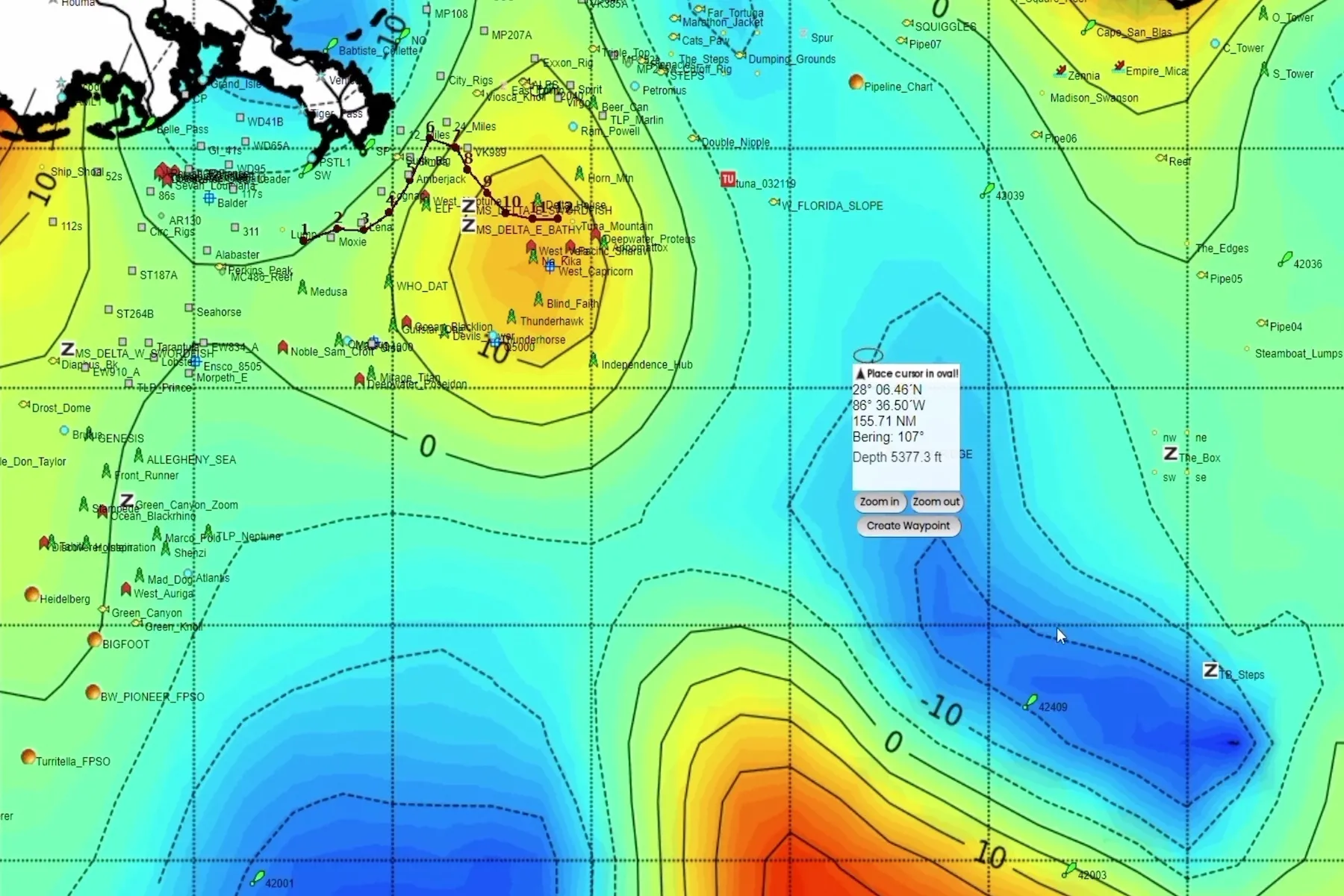
The Role of Chart Colors in Speed Assessment
To further aid your analysis, satellite images use color coding to indicate the speed of the current. Refer to the velocity scale provided on the right side of the image to understand the significance of different colors. Colored areas on the chart represent fast currents, while purple regions with only arrowheads denote slack currents.
Nutrient-Rich Upwelling Areas
Upwelling zones are a treasure trove for sat fishing enthusiasts. These areas are rich in nutrients and serve as the starting point of the oceanic food chain. The productive fishing waters associated with upwelling are a result of nutrient-rich water rising from deeper layers.
Nutrient-Poor Downwelling Areas
Conversely, downwelling areas are characterized by a scarcity of nutrients. Pelagic species tend to avoid these regions as they lack the abundance of food found in upwelling zones. For successful sat fishing, it's important to steer clear of downwelling areas.
Recognizing Counter-Clockwise Movements
One of the telltale signs of upwelling or areas with warm core eddies is the presence of counter-clockwise movements in the satellite images. These circular patterns are indicative of complex oceanic processes, which can create highly favorable conditions for fishing.
Exploring Warm Core Eddies
Warm core eddies are circular, warm water masses within the ocean. They can significantly influence the movement of surface currents. When sat fishing, pay attention to these eddies as they can attract marine life, making them excellent fishing locations.
The Dynamic Progression of Currents
Lastly, it's crucial to note that satellite charts provide a dynamic view of ocean surface currents. They show the progression of currents over time, allowing you to adapt your fishing strategy accordingly. By monitoring these charts, you can stay informed about changes in current patterns and make informed decisions for a successful fishing expedition.
In conclusion, understanding how to read satellite images of ocean surface currents is an invaluable skill for any sat fishing enthusiast. By interpreting direction, speed, arrow tail length, chart colors, and identifying upwelling and downwelling zones, you can enhance your fishing experience and increase your chances of a bountiful catch. Keep an eye out for counter-clockwise movements and warm core eddies, and stay attuned to the dynamic progression of currents. With this knowledge, you'll be well-equipped to navigate the ocean's currents and unlock the secrets of productive fishing waters. Happy sat fishing!
User Reviews



